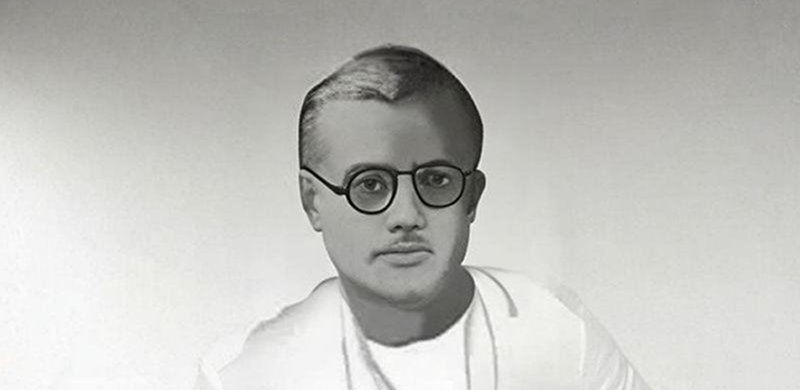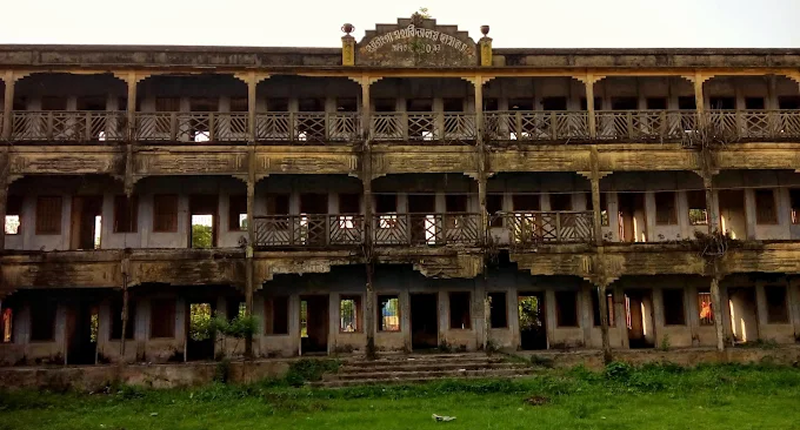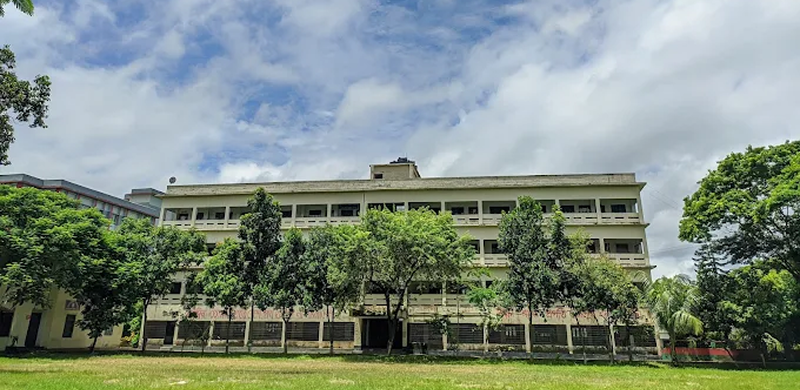Govt. Haraganga College
Knowledge for enlightenment
A Legacy Built Over Time
Tracing our roots and the foundation of excellence.
Government Haraganga College, Munshiganj, is a historic and prestigious institution of higher education in Bangladesh, established on 18 December 1938. The college was founded through the visionary initiative and generous donation of ₹1,00,000 from Mr. Ashutosh Ganguly of Routvog village. Named after his parents—Haranath Ganguly and Gangaswari Devi—the institution was built to serve students across Munshiganj and its surrounding regions. With foundational support from local elites and British-era officials like Satish Chandra Bhattacharya and A.H.M. Wajir Ali, and inaugurated by Sher-e-Bangla A.K. Fazlul Huq, the college began its academic journey under the principalship of Birendra Chandra Mukherjee. Over the decades, Government Haraganga College has grown into a center of academic excellence, nurturing future leaders while upholding a proud tradition of education, service and community development.

From its early years, Government Haraganga College played a central role in the educational transformation of Munshiganj. Between 1941 and 1946, vocational education was introduced, and major infrastructure like the founder’s statue and auditorium were established. Mr. Ganguly contributed an additional ₹10,000 for a student hostel in 1942. Later, Md. Ali Sinha donated ₹10,000 for a separate Muslim student hostel, named Mohammad Ali Sinha Hostel. Key developments under principals like Azimuddin Ahmed and G.M. Mannan included the mosque, gymnasium and principal’s residence. In 1967, B.Sc. science education began, and on 1 March 1980, the college was nationalized. This early period was marked by strong philanthropic leadership and a vision for inclusive education, enabling the college to serve thousands of students from different communities across disciplines.

Government Haraganga College now educates around 7,400 students across HSC, Honors and Master’s programs. It offers 14 Honors subjects and 7 Master’s degrees, with key departments in Science, Arts, Commerce, and Social Sciences. Notable infrastructure developments include Shaheed Ziaur Rahman Hall (1995), Bangabandhu Academic Building (2000), and Taposhi Rabeya Basri Girls’ Hostel (2007). A bus donated by Dr. Fakhruddin Ahmed and shaded “Matrichhaya” pavilions reflect thoughtful student support. A mosque funded by staff, students, and locals was completed in 2008. With new projects like a 200-bed hostel and a five-story academic building underway, the college continues evolving. Blending heritage with innovation, the college remains a beacon of academic excellence and community service in the Munshiganj region.

Milestones of Excellence
Celebrating our journey from humble beginnings to becoming a leading educational institution, each milestone has contributed to our vision of providing transformative education.
Govt. Haraganga College was founded.
National College Rank
Established three-storey Hostel
Stories of Excellence
Our community’s achievements that inspire generations.
Our alumni have gone on to excel in diverse fields, from business and technology to arts and community service. They lead with purpose, contributing meaningfully to their industries and societies.
Our students consistently set benchmarks in academic excellence, earning top honors and awards in national and international competitions.
Through various outreach programs and initiatives, our students and faculty have made lasting contributions to the community, fostering growth and positive change.